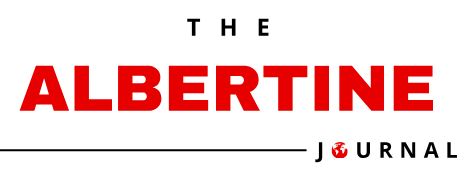There was a fall in consumer demand during January dropping the headline to 49.5 compared to the December reading of 53.1.
Readings below 50.0 are indications of deterioration of private sector operating conditions.
Christopher Legilisho, Economist at Stanbic Bank said releasing the Bank’s Purchasing Managers’ Index (PMI) said: “Surprisingly, the Ugandan Purchasing Managers’ Index (PMI) eased in January as new orders and output reflected subdued consumer demand. The private sector may well have lost momentum in January. Further, backlogs declined due to less consumer demand.”
The Stanbic PMI is compiled by S&P Global from responses to monthly questionnaires sent to purchasing managers.
The sectors covered by the survey include agriculture, mining, manufacturing, construction, wholesale, retail and services.
The PMI is a weighted average of the following five indices: New Orders (30%), Output (25%), Employment (20%), Suppliers’ Delivery Times (15%) and Stocks of Purchases (10%).
According to the latest survey, lower new orders subsequently dampened business activity levels, which were broadly unchanged on the month in January.
Unlike the fall in new business, which was largely centred on the service sector, the decline in output was broad-based by monitored segment.
Legilisho said, “However, quantities purchased increased, and inventories and supplier delivery times improved due to optimism about future output and efficiency gains by vendors. Therefore, the retreat in new orders and output may prove temporary.”
He said, “Firms reported an increase in input costs due to higher utility bills as well as a rise in purchase prices for staple products, for instance, foodstuff, stationery, cement and toiletries. Staff costs rose, with a slight uptick in the manufacturing, wholesale, and retail segments. Output prices too increased as firms passed on higher input and purchase prices to consumers.
This implies a slight rise in inflationary pressures in January compared to the case in December, aligning with the inflation print that rose to 3.6% year-on- year. The private sector is upbeat about the business outlook for the next 12 months.”
Average input prices continued to increase at the start of 2025, following higher reported purchase and staff costs.
Survey respondents noted that utility and raw material costs ticked up, with some also mentioning increased overtime payments to staff.
Ugandan businesses raised their selling prices, in response, with output charges increasing for the fifth month running.
Although the uptick in total input prices was broad-based by sector, construction registered a reduction in output charges in January.
Ugandan private sector firms cut employment for the third month running in January, amid lower new orders and renewed evidence of spare capacity. Companies indicated a drop in backlogs of work, following an increase in December.
Nonetheless, private sector firms were upbeat in their expectations regarding the outlook for output over the coming year.
Business confidence was positive in all sectors amid hopes of stronger demand conditions in the coming months.
Finally, despite hikes in purchase costs, Ugandan businesses signaled another monthly increase in input buying in January
Finally, despite hikes in purchase costs, Ugandan businesses signaled another monthly increase in input buying in January.
A fourteenth successive monthly improvement in vendor performance helped support firms’ efforts to build safety stocks, as inventories rose further.


